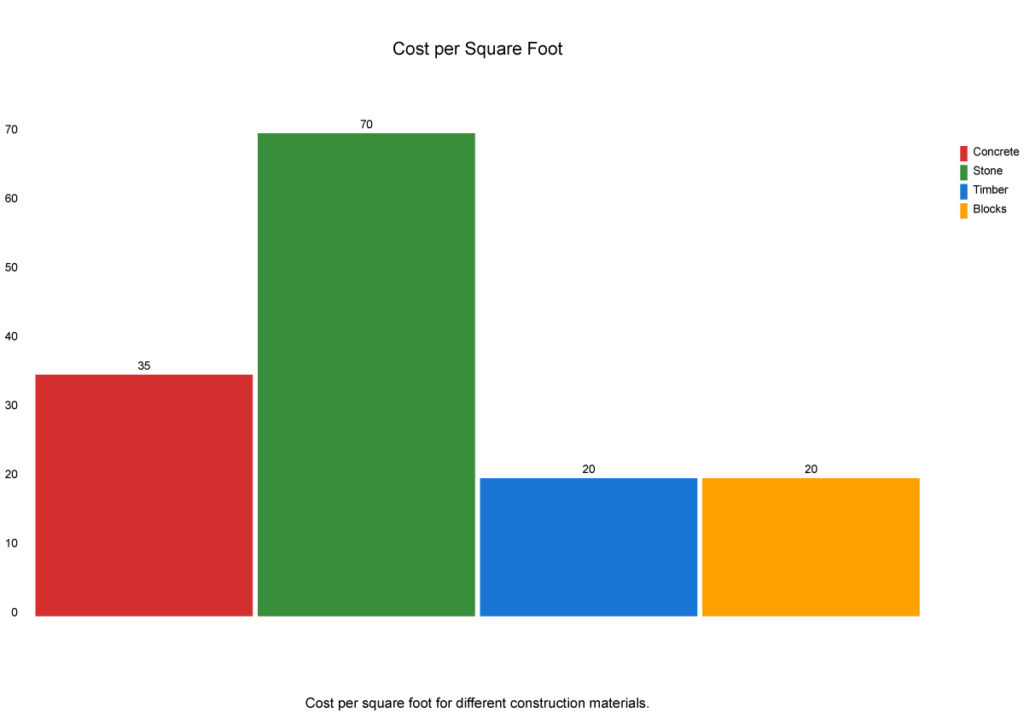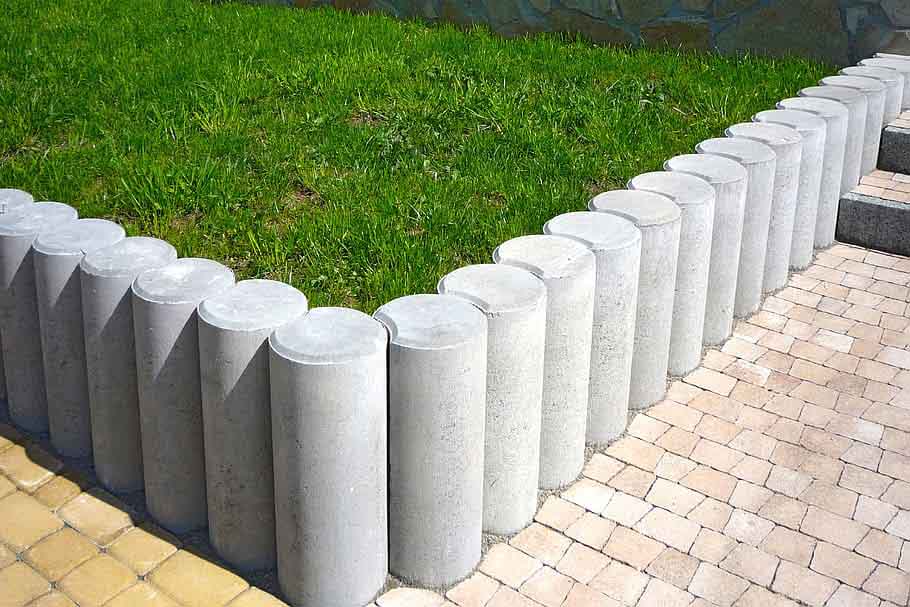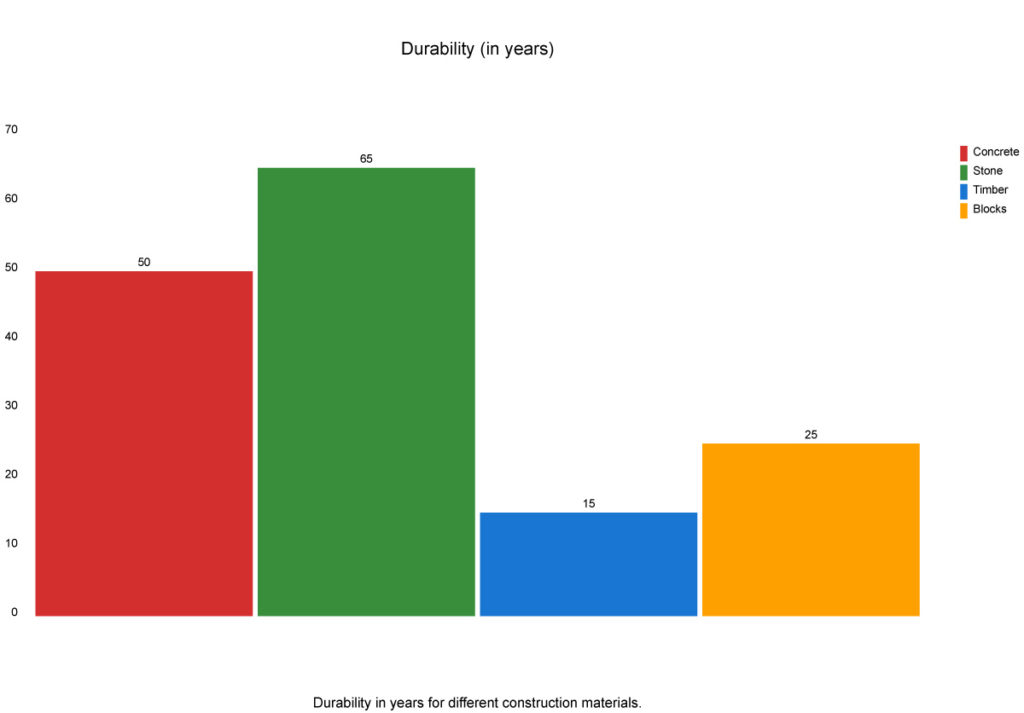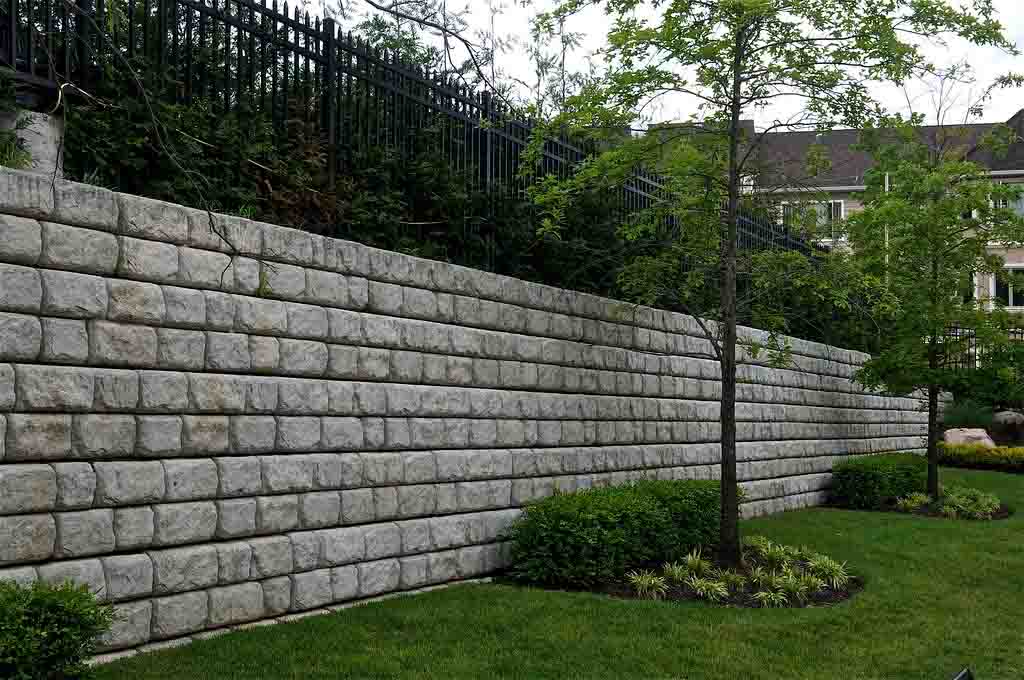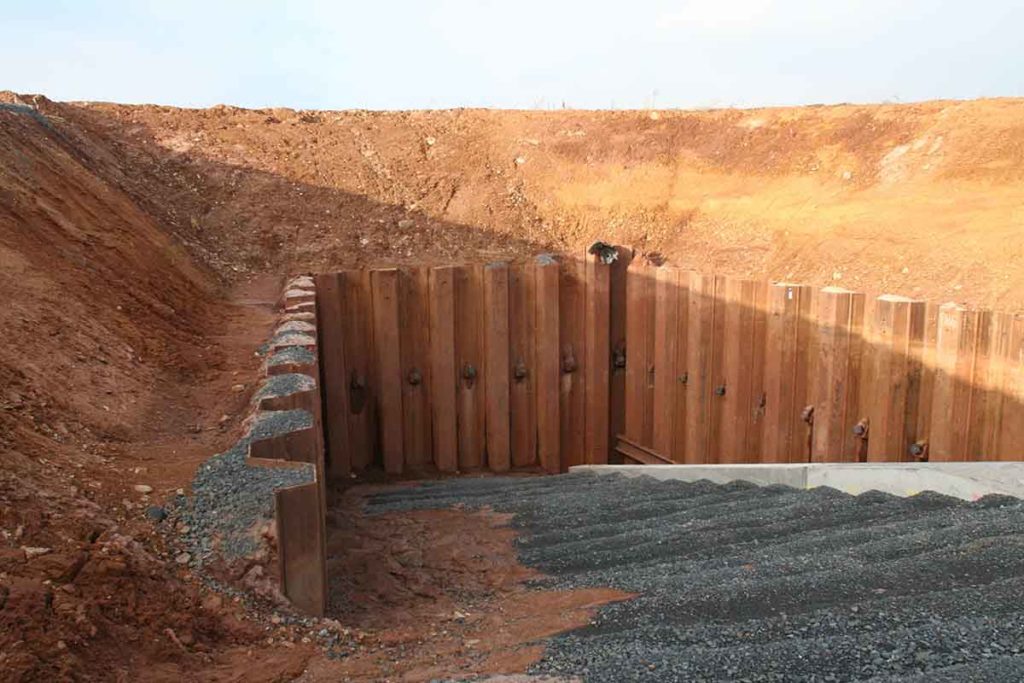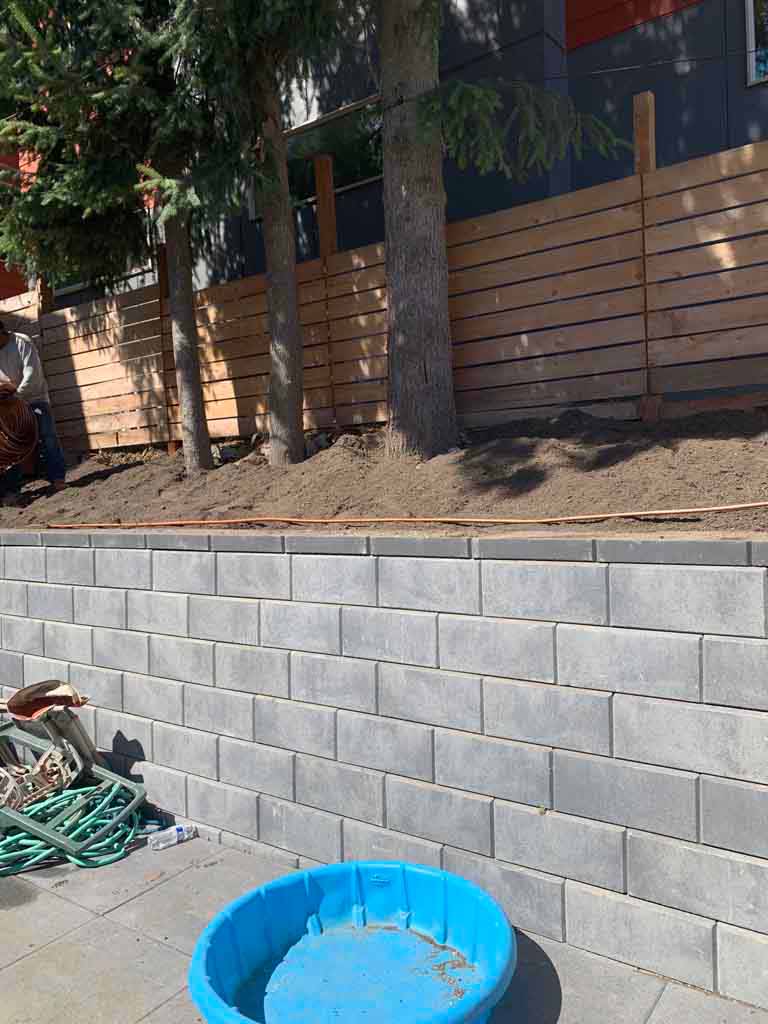Retaining walls are an essential landscaping element for many Snohomish County properties. A retaining wall holds back soil on slopes and elevations to prevent erosion. Retaining walls can be functional or add aesthetic value to outdoor spaces. With the right materials, they can last for decades with minimal maintenance.
Snohomish County’s climate and soil composition are important factors in choosing retaining wall materials. The area experiences a significant amount of rainfall annually, with wet winters and occasional freezing temperatures. The soil tends to have high clay content in many areas of the county. These conditions require using durable materials that can withstand moisture, shifting soil, and freeze-thaw cycles.
In this article, we will recommend the best materials for DIY and professionally built retaining walls in Snohomish County. The ideal materials will be long-lasting, stable, and well-suited for the regional climate and soil. We will compare material options like concrete, stone, timber, and blocks. With the right information, you can construct stable, low-maintenance retaining walls that will stand the test of time. Let’s explore the optimal materials for your retaining wall project in Snohomish County.
To simplify, We recommend Concrete for your retaining wall because of its 50+ year lifespan plus, it can be molded into any shape.
Retaining Wall Material Options
Concrete Retaining Walls
Benefits
- Extremely strong and durable
- Long lifespan of 50+ years
- Can be molded into any shape
- Versatile design options
- withstands soil pressure
Drawbacks
- Expensive compared to other options
- Requires professional installation
- Not a natural appearance
- can crack over time
- not a natural look
Tips for Installation
- Use steel reinforcement
- Create slight slope for drainage
- Allow concrete to cure properly
- Have contractor install weep holes
Brands
Stone Retaining Walls
Benefits
- Very long-lasting, 30-100 year lifespan
- Natural, rustic aesthetic
- Granite and basalt are dense and weather-resistant
Drawbacks
- Expensive
- Irregular shapes can shift
- Professional installation recommended
Tips for Installation
- Construct compacted gravel base
- Use geogrid soil reinforcement
- Stagger stones in heart bond pattern
- Use large boulders on bottom rows
- BasaltCO
- Coldspring
- Rock Solid Stoneworks
Timber Retaining Walls
Benefits
- Affordable compared to stone or concrete
- Relatively easy for DIY installation
- Variety of styles to complement landscaping
- lighter than stone or concrete
Drawbacks
- Less durable than stone/concrete, 10-20 year lifespan
- Susceptible to rotting without proper drainage
- Not as strong
Tips for Installation
- Overlap joints between timbers
- Use thick landscape ties or 6×6 posts
- Backfill with gravel, not soil
- Apply water-repellent sealant annually
- YellaWood
- TimberTech
- Gorilla-Wood
Interlocking Block Retaining Walls
Benefits
- Easy DIY project with little experience needed
- Many style and color options
- Affordable medium-cost option
Drawbacks
- Can shift if base not properly prepared
- Durability limited to 20-30 years
- Lower weight bearing capacity
Tips for Installation
- Compact and level base gravel
- Include drain tile behind wall
- Follow manufacturer instructions
- Use grid reinforcement every 1-2 rows
- Allan Block
- Anchor
- Europa
Conclusion
Best Materials for Snohomish County
The best retaining wall materials for Snohomish County are those that can withstand the wet climate and shifting soils. Concrete and natural stone are very durable options, though expensive. For more affordable DIY projects, pressure-treated timber and interlocking blocks are suitable materials.
Key Considerations
When selecting retaining wall materials, consider the climate, soil conditions, project goals, and budget. Opt for long-lasting, stable materials tailored to the region. Proper drainage and base preparation also help create sturdy walls.
Seek Professional Guidance
Consult a qualified landscape designer to evaluate your property and provide material recommendations. They can ensure your retaining wall is optimally designed for Snohomish County’s conditions.
Contact the Experts
For residents seeking a beautifully designed, expertly constructed retaining wall, contact Ivan’s Landscape & Construction. Their experienced team specializes in creating customized retaining walls to enhance properties throughout Snohomish County. Here is our Retaining Wall & Rockery Service Page
Looking for more Retaining Wall Guides?
Frequently Asked Questions
What is the most cost-effective material for a retaining wall?
For DIY projects, pressure-treated timber and interlocking blocks are the most budget-friendly options. They offer an affordable way to build smaller retaining walls.
How long should a properly built retaining wall last?
With the right materials and construction, a retaining wall should last 30-50 years or more. Concrete, stone, and high-quality block walls have the greatest longevity when properly installed.
What’s the maximum height I can build a DIY retaining wall?
It’s recommended to keep DIY retaining walls under 4 feet tall. Anything higher is difficult to construct safely without appropriate engineering. Consult a professional for walls above 4 feet.
Should backfill material be gravel or soil?
Always use gravel, not soil, as backfill behind a retaining wall for drainage. The gravel space also allows for natural shifting over time without compromising the structure.
How much space is needed behind a wall for backfill gravel?
Generally allow 6-12 inches between the wall and soil for gravel backfill. The amount required depends on the wall height and soil type.
Can I build a curved retaining wall?
Yes, materials like concrete, blocks, and timber can be used to build curved retaining walls. This requires special planning, equipment, and techniques best done by professionals.

